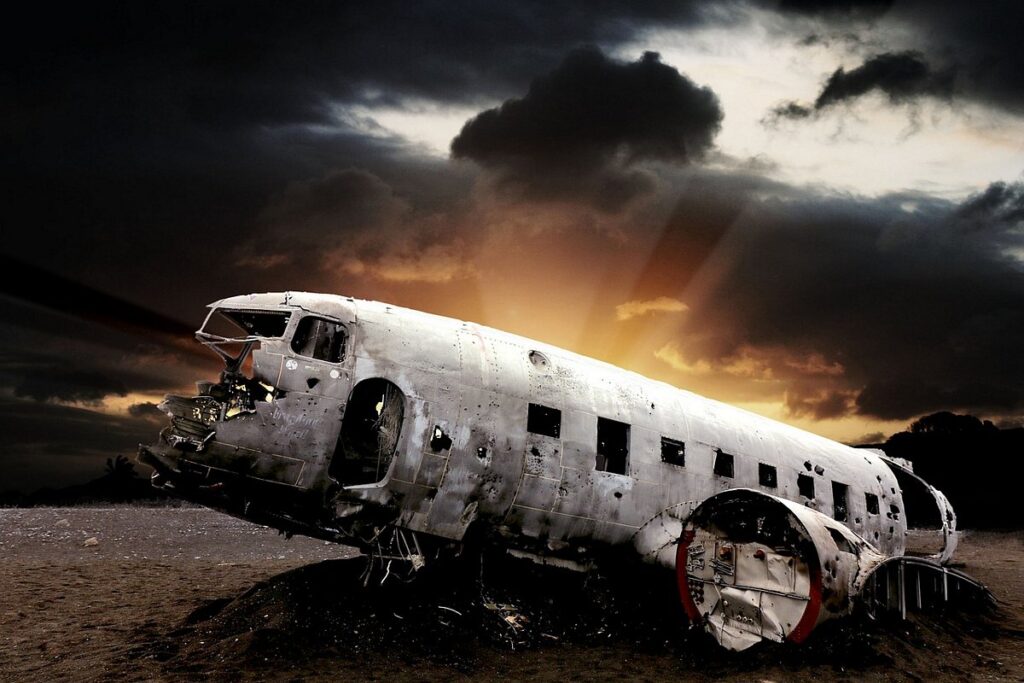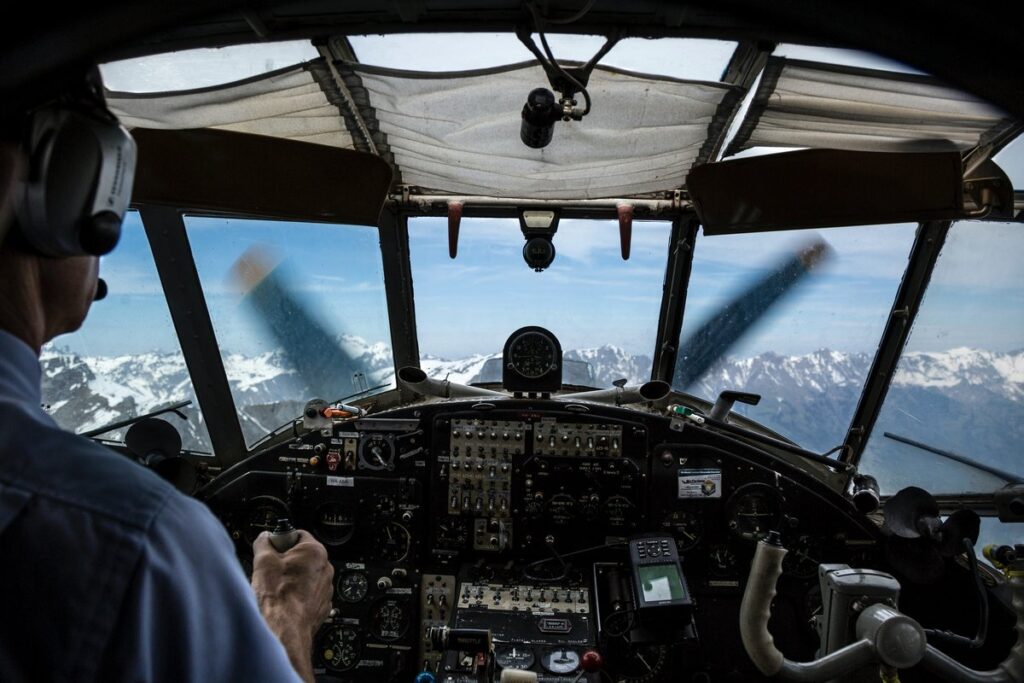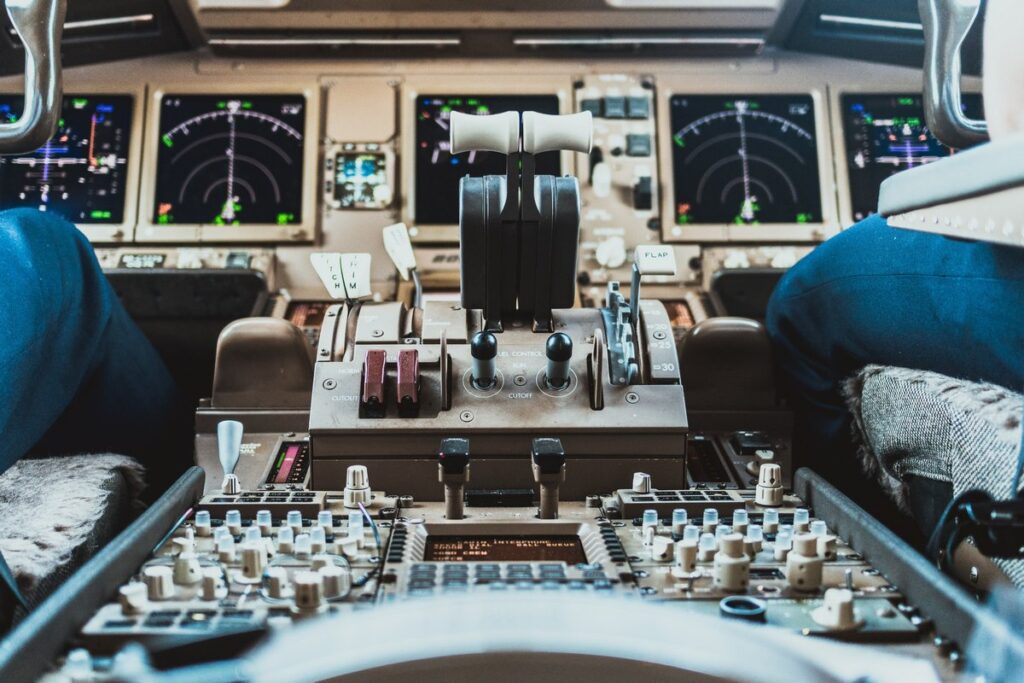California Airplane Crash Attorney and Pilot, Patrick Bailey – Discusses How Important Preparation is for a Safe Flight
- In Airplane Crash
- 12 April 2021
Unlike many other airplane and helicopter crash attorneys, Patrick Bailey has a unique advantage, because he is not only a well-known personal injury and wrongful death trial attorney, but he has served as a pilot and a Certificated Flight Instructor for 30 years. He’s also been selected as a Superlawyer for over 17 years for his work as a Plaintiff’s attorney.
As a personal injury trial lawyer, Patrick Bailey has successfully handled, literally, hundreds of aviation cases involving everything from Federal Aviation Certificate Actions where the FAA sought to revoke airline operations, to representing families in wrongful death or catastrophic personal injury cases.
Aviation cases involving death or serious injuries are very complex due to Federal Rules and
Regulations (FARs) involving aircraft and pilot responsibilities. For example, the following are just some of the areas that must be professionally examined in every aviation crash or mishap:
- Make and Model of Aircraft Involved.
- Malfunctions History in maintenance records and Aircraft and Engine Log Books.
- Pilot and Crew Qualifications: Total Time as Pilot in Command?
- Total Time in same type of aircraft?
- Length of Time “On Duty” prior to accident?
- Required Rest Time prior to being “On-Duty”?
- Aircraft Maintenance Issues? Were Annual & 100 Hour Inspections Performed?
- Any Prior Malfunction Reports or Maintenance Complaints?
- Detailed Weather Analysis at Departure, En route and Destination?
- Air Traffic Control (ATC) Issues during departure, en route or destination?
- Fuel Contamination Issues?
- Fuel quantity?
Aviation attorney Patrick Bailey has qualified in Single and Multi-engine Land and Sea Planes and served as an FAA Part 135 Instructor for On-Demand Air Charter operations.
Patrick Bailey says “when you or a loved one are offered a ride in an airplane with someone, especially on a small plane, don’t just jump aboard without asking a few questions”. For example, you should ask:
- How many hours does the pilot have in the subject aircraft?
- When was the airplane or helicopter’s last annual inspection?
- When was the airplane or helicopter’s last 100 hour inspection? (This is required on aircraft for hire)
It is essential to know the Pilot’s experience and qualifications. The more hours the pilot has flown in a certain type of aircraft the more competent the pilot is likely to be in that aircraft.
Aviation lawyer Patrick Bailey would also ask: What is the history of the subject aircraft? Experienced aviation experts like Bailey & Partners will also look at accident history relating to:
- Pilot Performance Issues
- Maintenance History
- FAA Regulatory Violations
- National Transportation Safety Board (NTSB) accident investigations regarding:
- Type of Aircraft
- Flight Crew Violations
- Aircraft Provider or Charter Operator’s History
- Air Traffic Control (ATC) Issues
Patrick Bailey’s piloting and legal expertise includes investigating and solving all types of aviation cases including crashes involving heavy jet aircraft, smaller general aviation aircraft, helicopters, seaplanes, and various aerial sight-seeing operators.
Mr. Bailey’s familiarity with sea planes has most recently been advantageous with seaplane crashes in Alaska that killed several people. Mr. Bailey’s experience as a Certificated Flight Instructor and a Charter Pilot have allowed his firm to achieve 30 years of significant legal victories in decades of aviation crash cases by determining what caused or contributed to the different fatal accidents.
If all of the above appears simply too much to work through prior to taking the flight, ask at least the following questions:
- “How long has this flight operation been in business?”
- “How long have you been flying these tours?”
- “Is this airplane current in its annual and 100 Hour Inspection? How do you know that?” (This information must be recorded in the Airframe and Engine Log Books)
- “Do you talk on the radio with other airplanes so everybody knows where everybody is?”
Summary
Here are the key elements you must examine in every Aviation Crash Case:
1. Pilot Experience?
- Was the Pilot Licensed as a Student Pilot, a Private Pilot, a Commercial Pilot, an Instrumented Rated or a Certificated Flight Instructor (CFI)? The type of pilot’s license involved will tell you a lot about the pilot’s skills, experience and capabilities.
- What were the pilot’s total flight hours?
- Were the pilot’s total fight hours in the same make and model as the accident aircraft? This can make a big difference in understanding the pilot’s capabilities.
- Was the pilot “current” in the previous 90 days in piloting the same make and model aircraft?
2. Aircraft Maintenance?
- Confirm that the required “Annual Inspection” was conducted and noted in the Aircraft and Engine Log Books and if the flight was “operated for hire, the Aircraft and Engine log books must also confirm ” that the aircraft received its required “100 hour Inspections”.
- You must also confirm compliance with all applicable Airworthiness Directives (ADs) as required by Federal Aviation Regulations.
- Confirm that all other required maintenance and or inspections were properly and timely performed prior to the accident flight.
3. Weather Conditions?
- Seems obvious, but you’d be surprised: Wind condition? Visibility? Cloud cover at what height above ground?
- Frontal activity making conditions variable? For example, wind direction changing from a head wind to a tail wind on take-off or landing?
- Temperature change at destination resulting in fog or overcast?
- Weather is, by its very nature – dynamic, i.e. changeable.
- Were Weather updates sought prior to take off and en-route?
4. Fuel Quantity & Quality?
- Fuel contaminated by water or debris is often factor in a crash.
- Where was the fuel obtained?
- Was fuel pump checked for water or debris contamination?
- Was the proper type of fuel used? (Av Gas vs Jet Fuel)
- Prior to engine start did anyone observe the pilot draining fuel tanks to test for water or debris contamination?
- Was there enough gas in the airplane or helicopter?
5. Destination “iitis”? Also known as “Gotta get going now!”
- Was the pilot in a rush to take-off? Rushes in aviation usually don’t go well.
- What was the existing and forecast weather at destination? Was it stable or deteriorating?
- Was the destination arrival time going to be day light or night time?
- Was there an urgency – real or imagined? – to get to the destination? Whenever it’s a rush… things often go wrong.
The above are just some of the issues you must examine to properly handle an Aviation Crash Case.
If you or a loved one has been injured in an aviation accident and need a helicopter accident attorney or an airplane accident lawyer, contact Bailey & Partners for a free consultation. The attorneys at Bailey & Partners have a track record of proven results in Los Angeles and around the world. We look forward to helping you.
Contact us for a FREE complimentary case evaluation:
- Call: (310) 392-5000 or 800-973-2263
- Email: [email protected] or
- Fill out the form on this page
Related Posts
- Santa Monica Airport Accident, September 8, 2022, Early Analysis by Patrick Bailey, Lawyer and Pilot
- General Aviation Crash Cases – What to Look For…
- Bailey & Partners Starts 2021 on a Roll with Over $1M Won for Clients
- Why Did the Aircraft Crash? Just Remember P-E-M-A
- Airplane Crash in Upland, CA Kills Pilot





